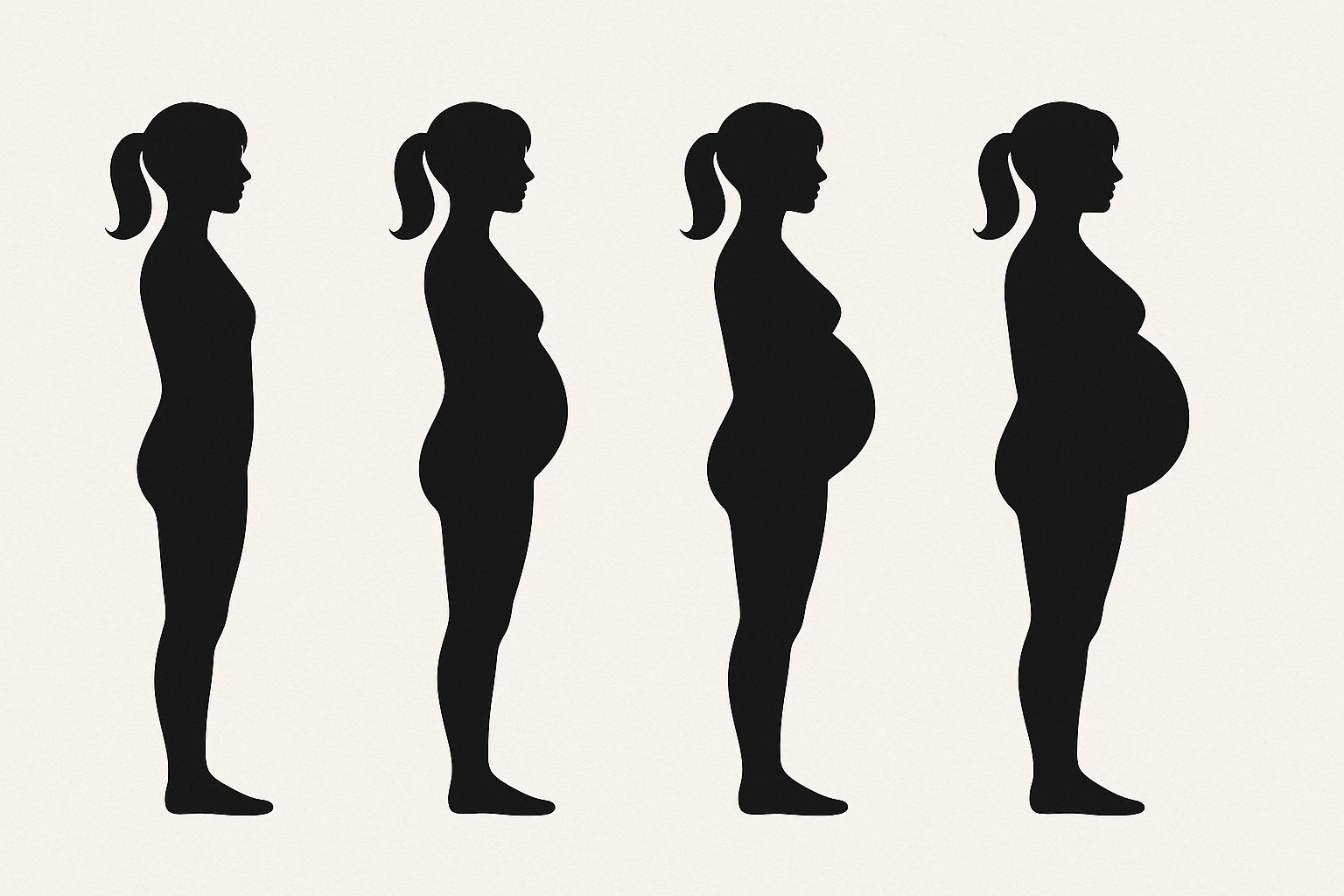https://www.ncbi.nlm.nih.gov/pmc/articles/PMC9258775/
It has become a bit of a popular thing to talk about the vagus nerve, (I blogged about it a year ago), but there are good reasons to bring it up again and again.
To be correct, we really should not be talking about the vagus nerve alone. The vagus nerve is the single largest autonomic nerve in the body, connecting the brainstem to a variety of internal organs in the thoracic and abdominal cavity, so we really need to talk about the entire system of feedback loops between the brain and the internal organs. The right and the left vagus nerve have slightly different target organs especially in the abdomen.
1 of the most fascinating aspects of vagal nerve function is the fact that it really is a 2 way system, with the brainstem directing organ function as well as organ function affecting the brain through a retrograde feedback pathway, especially from the digestive tract. This probably gives more scientific backbone to how much G.I. function, and especially G.I. dysfunction can affect mood modulation and cognition. One the area of fascinating recent research in the retrograde function of the vagal nerve is how much it can help modulate the way our body controls systemic inflammation. The article below talks about that in the context of how systemic body inflammation is affected by severe neurological damage to the vagal system, (spinal cord injuries in this case), however there is pretty good evidence in other articles that lesser forms of trauma or compromise of the vagus nerve probably results in the same effect. The vagal nerve is an extremely long nerve paths that can span as much as 3 feet in an adult body from the brainstem to the lower G.I., with the potential for multiple areas of vagal nerve insults along the way. Historically chiropractic has always recognized the special anatomical relationship of the vagus nerve in the upper cervical area, which was an almost exclusive focus of some of the earliest generation of chiropractors also known as upper cervical practitioners. I've certainly seen quite a bit of that in my practice over 29 years, although more recently I've come to realize that the lower cervical spine can also be an area of pretty profound vagal impact. This could explain how sometimes intervention in the cervical spine in patient presenting with rather chronic significant neck pain and headaches for example, can lead to the resolution of other systemic complaints of Vedic chronic persistent body information that has been refractory to other forms of intervention.
Other areas of vagal treatment have focused on cold laser (technically various forms of pulsed light therapy) in the thoracic and abdominal pathways of the vagus nerve, especially in people with direct trauma to those areas as well as severe concussions. The research on using electrical stimulation of the vagal nerve has, in my mind, been much less conclusive because of safety concerns of using electrical signaling on extremely delicately controlled nerve pathways.





